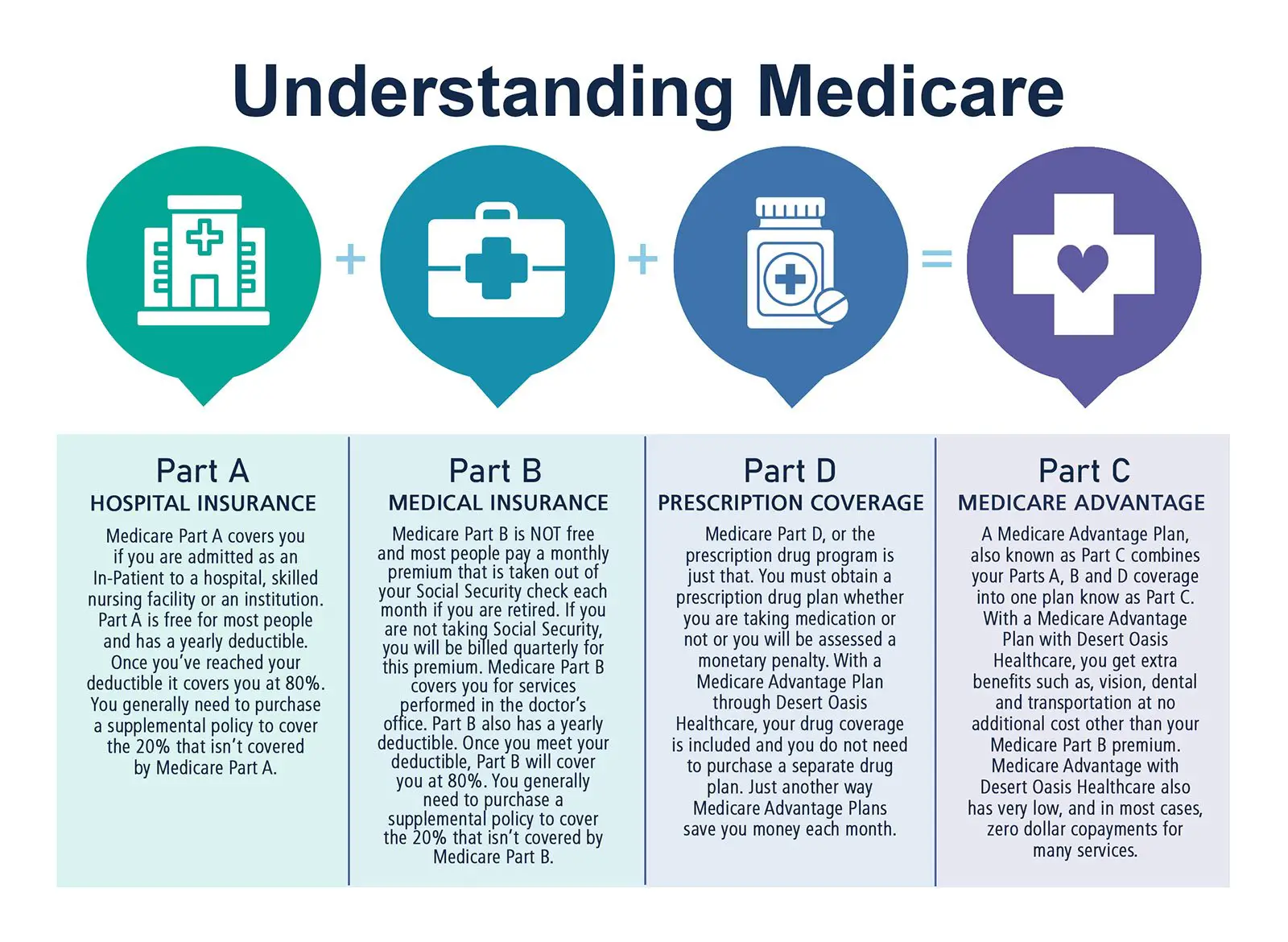As you navigate the complexities of Medicare, one question that often arises is whether Medicare Part B, which covers outpatient services and medical equipment, is ever free. The answer is not a simple yes or no, as it depends on your individual circumstances and eligibility for various assistance programs. In this comprehensive article, we’ll explore the factors that determine if you can enjoy Medicare Part B without paying premiums and delve into the intricacies of these programs.
The Standard Medicare Part B Premium
First, let’s understand the standard Medicare Part B premium. For 2024, the standard monthly premium for Medicare Part B is $174.70. This premium covers a portion of the costs for doctor visits, preventive services, durable medical equipment, and other outpatient services.
However, it’s important to note that the premium amount can vary based on your income. If your Modified Adjusted Gross Income (MAGI) exceeds certain thresholds, you may be subject to an Income-Related Monthly Adjustment Amount (IRMAA), which can significantly increase your Part B premium.
When Is Medicare Part B Free?
While Medicare Part B is not entirely free for most beneficiaries, there are scenarios where you may not have to pay the standard monthly premium. These situations typically involve qualifying for specific low-income assistance programs offered by Medicare, known as the Medicare Savings Programs.
The Medicare Savings Programs are designed to help individuals with limited income and resources pay for their Medicare premiums, deductibles, coinsurance, and copayments. Eligibility for these programs varies by state, but generally, you must meet certain income and asset limits.
Here are the four Medicare Savings Programs that can potentially make Medicare Part B free for you:
-
Qualified Medicare Beneficiary (QMB) Program: If you qualify for the QMB program, Medicare will cover your Part B premiums, as well as deductibles, coinsurance, and copayments. To be eligible, your income must be at or below 100% of the federal poverty level (FPL), and your assets must be within the program’s limits.
-
Specified Low-Income Medicare Beneficiary (SLMB) Program: Under the SLMB program, Medicare will pay your Part B premiums, but you’ll still be responsible for deductibles, coinsurance, and copayments. To qualify, your income must be between 100% and 120% of the FPL, and your assets must meet the program’s requirements.
-
Qualifying Individual (QI) Program: Similar to the SLMB program, the QI program covers your Part B premiums if your income is between 120% and 135% of the FPL, and your assets fall within the specified limits.
-
Qualified Disabled and Working Individuals (QDWI) Program: This program is specifically designed for individuals with disabilities who are working and have income below 200% of the FPL. If you qualify, the QDWI program will cover your Part B premiums.
It’s important to note that the income and asset limits for these programs can vary by state, and some states may have higher income limits or eliminate the asset requirement entirely, making it easier for individuals to qualify.
How to Apply for Medicare Savings Programs
If you believe you may be eligible for one of the Medicare Savings Programs, it’s crucial to apply through your state’s Medicaid office or the Social Security Administration (SSA). The application process typically involves providing information about your income, assets, and household composition.
It’s recommended to apply for these programs as soon as possible, as the assistance can be retroactive for up to three months before your application date. Additionally, if your circumstances change, such as a decrease in income or assets, it’s important to update your information with the appropriate agency to ensure you continue receiving the assistance you’re eligible for.
Key Takeaways
- The standard Medicare Part B premium for 2024 is $174.70 per month, but it can be higher based on your income due to the Income-Related Monthly Adjustment Amount (IRMAA).
- Medicare Part B can be free if you qualify for one of the Medicare Savings Programs, which provide financial assistance to individuals with limited income and resources.
- The four Medicare Savings Programs are the Qualified Medicare Beneficiary (QMB) Program, the Specified Low-Income Medicare Beneficiary (SLMB) Program, the Qualifying Individual (QI) Program, and the Qualified Disabled and Working Individuals (QDWI) Program.
- Eligibility for these programs varies by state, with different income and asset limits, but some states have higher income limits or eliminate the asset requirement.
- To apply for the Medicare Savings Programs, you must contact your state’s Medicaid office or the Social Security Administration (SSA) and provide information about your income, assets, and household composition.
While Medicare Part B is not free for the majority of beneficiaries, the Medicare Savings Programs offer a valuable opportunity for individuals with limited income and resources to receive financial assistance and potentially have their Part B premiums covered. By understanding these programs and your eligibility, you can make informed decisions about your healthcare costs and ensure you’re taking advantage of the available assistance.
Can I Get Medicare Part B For Free?
FAQ
Is anyone exempt from paying for Medicare Part B?
What happens if you can’t afford Medicare Part B?
How much does everyone pay for Medicare Part B?

